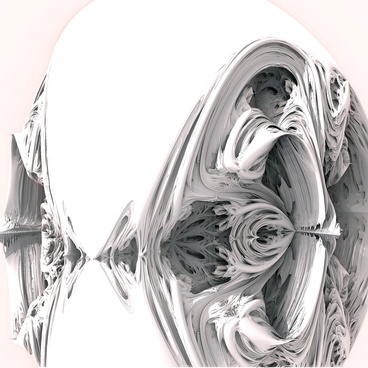
SummerSchool – Atlas of Sensations
Summerschool
SPAN + Co-de-iT
June 22nd – July 20th 2012
.
Description:
ATLAS OF SENSATIONS
in cooperation with DIA Dessau
Matias Del Campo
Sandra Manninger & Co-de-iT
June 22nd – July 20th 2012
application open!
ATLAS OF SENSATIONS Application Form
Fees € 1.500,- / 4 weeks
http://urbanstrategies.at/summer-schools/atlas-sensations/
Atlas of Sensations
The main aim of the Atlas of Sensations summer-school is to introduce prospective students to contemporary modes of architectural design based on computational design techniques in combination with novel strategies in thinking about architectural bodies. Emphasis is given on the development of unique design tactics discussing the combination of intensive forces, geomorphic organisms1, and process orientated design strategies with the potential to result in informed spatial solutions.
Architecture in the Age of Simulation
Recent developments in computational design techniques broker with ideas of continuous information flows between environmental forces such as solar radiation, wind pressures and acoustic forces with computational interfaces which inform the architectural design. The main transition which can be observed in the moment marks a paradigmatic shift in terms of architectural design. Simulation in architecture has matured to the point of becoming a tool of design on its own. Architectural desires and obsessions of design are fused with high resolution information maps which inform the design. Like in biochemistry the form of the surface starts to inform the inherent nature of the object, changing its abilities adapt it continuously to the ever changing ecological conditions. This parametrically driven condition bears a relation to the homeomorphic changes in topological surfaces, which are omnipresent in organic modes of forming material in nature. Organism in this discussion is understood as a set of multiple cells as a Cellular deployment of network surfaces where the shape of the organism is defined by the axis of its connections2. The opportunity to adopt this logic of material formation into the ecology of architectural design results in a manifold of flourishing branches of design.
The Architectural Problem
Instead of aiming for a distinctive building with a specific program the course aims to start a conversation on architectural problems such as interior/exterior relations, vertical movement, apertures, compartmentisation, circulation and so on.
Teaching Staff: Matias del Campo, Sandra Manninger, Alessio Erioli, Andrea Graziano
–

Please i want to know if the fees including the accommodation and transportation between Vienna and Dessau or not?
Hello Ahmed,
thank you very much for your interest in the Atlas of Sensations Summercourse. As you may have seen in the schedule published on the Angewandte webpage, the program of the course is very dense. We can unfortunately not cover the travel expenses, and accommodation in Dessau. What I can tell you is that the expenses to go to Dessau from Vienna are rather low. The train ticket to Berlin is 49€, the ticket from there to Dessau, if you share it with 4 other students, is about 5€ each (Brandenburg Ticket). Accommodation in Dessau is about 30€ a night.
We would love to welcome you in Vienna. Please keep us informed in case you want to apply,
All the best,
Alessio